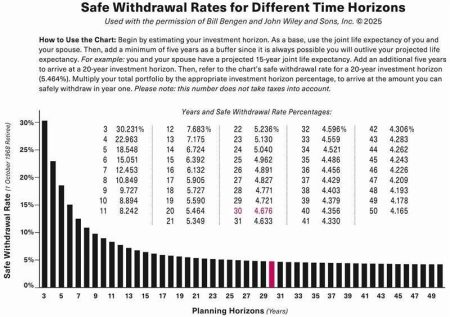Despite uncertainty about tariff policy, federal government layoffs, and ever-rising federal government debt, the U.S. economy and financial markets continue to show resilience. The S&P 500 set a new record in late June, a recession hasn’t materialized, and U.S. job growth continues at a steady pace. These economic conditions have benefited institutional investors including U.S. public pension plans. In fact, the latest Milliman Public Pension Funding Index found a continued positive trend for public pensions, with funded ratios increasing due to strong asset returns.
This resilience and growth of U.S. public pension plans isn’t new. These plans were closely watched as they recovered from and adjusted to the aftermath of the Global Financial Crisis (GFC) of 2008. In fact, new research from the National Institute on Retirement Security and Aon indicates that U.S. public pension plans not only successfully adapted to a new economic environment, but their diversified investment portfolios have outperformed traditional stock and bond portfolios over the same time periods.
Public Pensions Implemented Big Changes In the Wake of the Financial Crisis
The period immediately following the GFC was a time of substantial change for public pension plans, with significant modifications on the actuarial and investment fronts. During periods of significant change, it often can be difficult to measure results before a track record is established.
First, efforts were made in the decade after the financial crisis to assess and then tighten actuarial assumptions for public pension plans. The most well-known change was the lowering of the actuarial assumed rate of return on investments, with the average rate lowered from eight percent to seven percent by plans across the nation. This move better aligned actuarial assumptions with forward-looking capital market expectations, but it came at a cost. By assuming plans would earn less from their investments, public employees and employers needed to contribute more to reach higher targets.
Additionally, mortality assumptions for public plans were adjusted. Pensions used to periodically adjust for longer lives but now have built in assumptions that recognize future improvements as well. Finally, most public pension plans now have tighter amortization policies, which means plan liabilities will be paid off more quickly. Again, this change comes with increased costs in the short run.
Together, these actuarial adjustments to public pensions mean plan returns are more likely to be met and match what’s happening in the economy and financial markets going forward. While the mortality changes came at a difficult time, future changes will be much more modest compared to the past.
At the same time, efforts have been underway to implement significant changes when it comes to public pension investments. The investment world changed for investors in the wake of the GFC, and public pensions were not immune. Pension plans suffered major losses during the crisis, like all investors, but investments recovered over the next several years, in a more complex economy.
Another monumental change facing public pensions was an environment with interest rates near zero for almost a decade following the financial crisis. Public plans historically have relied on fixed income investments to provide a significant portion of their investment returns. But low interest rates resulted in unattractive investments with bond yields depressed, undermining a key source of investment returns for public pensions. So public pension plans looked elsewhere and increased the diversification of portfolios to achieve similar returns as in the past. With private markets growing rapidly over the past two decades, public pensions now invest more broadly in alternative assets like private equity, private credit, hedge funds, and real estate.
During this investment transition, questions unsurprisingly arose related to a higher level of investment in these asset classes, especially when it comes to fees, liquidity, management structures, and the track record of these asset classes. These are valid questions, and any public pension plan considering investing in these asset classes should be asking the same questions.
What’s Resulted From The Pension Changes?
During periods of significant change, it can be difficult to measure results. The question at hand: With these modifications and diversification by U.S. public pensions, what has been the outcome?
The new NIRS research, Evolution and Growth: How Public Pension Plans Have Diversified Their Investments Amid Changing Markets, provides an answer. The report examines a subset of U.S. public pensions with a June 30th fiscal year end date that report investment returns net of fees to assess plan performance by two metrics.
First, the analysis compares rolling five-year investment returns from the sample of plans with diversified portfolios with a simple 60/40 stock and bond portfolio and a simple 70/30 stock and bond portfolio. While the returns of the three portfolios largely resemble each other because the largest allocations in the diversified portfolios are still to public equities and fixed income, there is a noticeable outperformance among the diversified portfolios in the period following the GFC.
Second, the research compares the returns of the diversified portfolios with the pension plan’s own investment return expectations based on the actuarial assumed rate of return. Looking over five and ten year periods, the diversified portfolios were more likely to meet or exceed investment return expectations after the GFC, and they did so more frequently than the simple portfolios would have.
The findings from this new research do not suggest or imply that public pension plans always will continue to outperform their investment return expectations in the future. There certainly will be future periods when more diversified portfolios of contemporary plans underperform, whether due to a recession or other unforeseen economic event.
However, this research does suggest that when examining appropriate periods of time with data reported net of fees, public plans have successfully navigated the transition into more diversified investment portfolios. With more data and a longer track record, we now have a more clear picture of how well public plans have performed with the most significant change to their investment
Read the full article here









